Everyone who hasn’t already read the first part of my series about easy to read manga for Japanese beginners should definitely do so before starting here. I really don’t want you to miss out on all these really great books. Fun stuff, Japanese Tease approved. I’ve been reading lots of Yotsubato within the last weeks and I could really notice how my reading ability in Japanese started to grow. That’s super motivating. I always try to put down as many unknown words in my Anki deck as possible. And yeah, so far it’s fun and that’s the most important thing when learning a new language, right?!
Previously:
1.) Easy to read manga for Japanese beginners – Vol. 01 and if you want to continue your manga journey Vol. 03 without Furigana and Vol.04 with a mixed selection.
If you don’t know where and how to buy Japanese manga, visit my guide on Where to buy Japanese manga.
Here we go, my second part of easy to read manga for Japanese beginners. All with lovely Furigana.
If you’re in search of some transparent book covers to wrap your manga, just click on the link!
1.) (Slam Dunk)
It’s one of the most popular manga in Japan and when Japanese people had to vote for the most memorable quote from a manga, the Slam Dunk signature line “If you give up, the game is already over” made the first place.
I bought the 完全版 (complete edition) of the manga. It’s printed in the same format as the Dragonball equivalent, with some color pages as well.
Really nice dust cover, I love it. The manga itself is legendary and also appeals to people like me who aren’t interested in any pro-sports at all. And even if the story may be a little hard to understand sometimes, the edition is so well made that looking at it without understanding a single line would make the purchase worth it alone.
Buy the manga: Slam Dunk 完全版 Vol.01

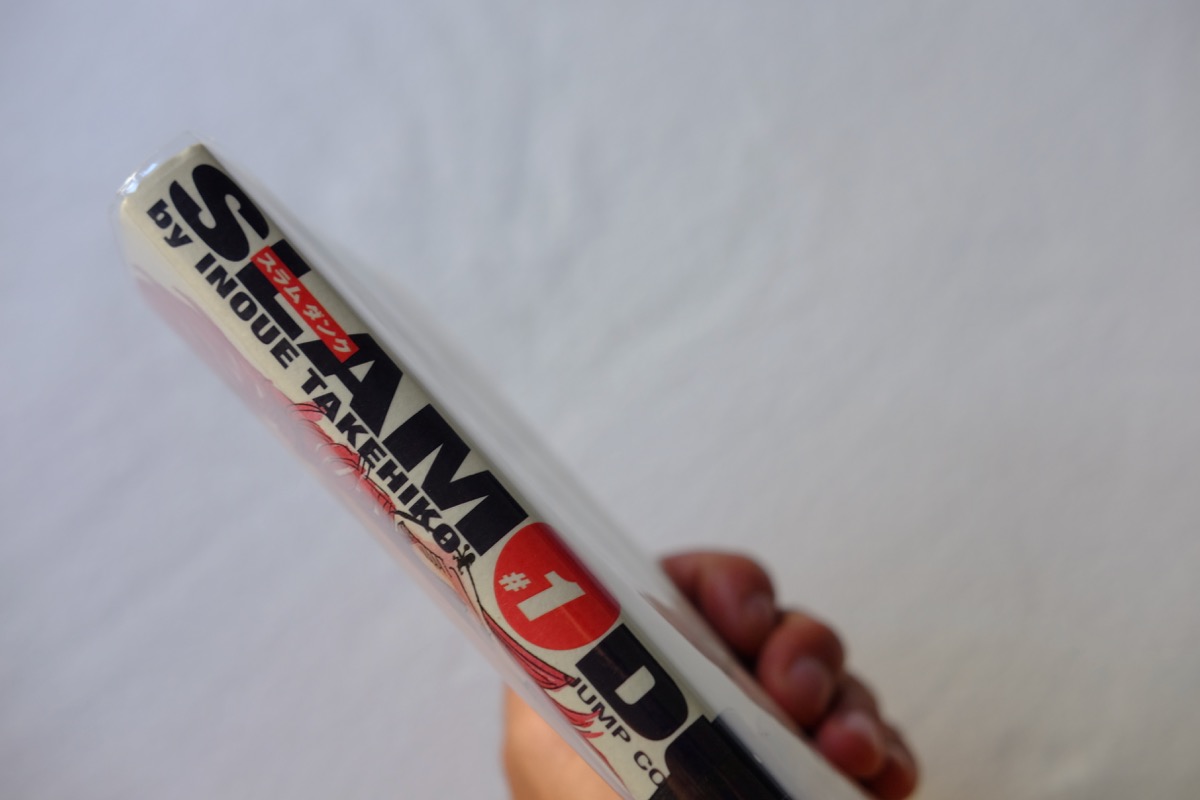
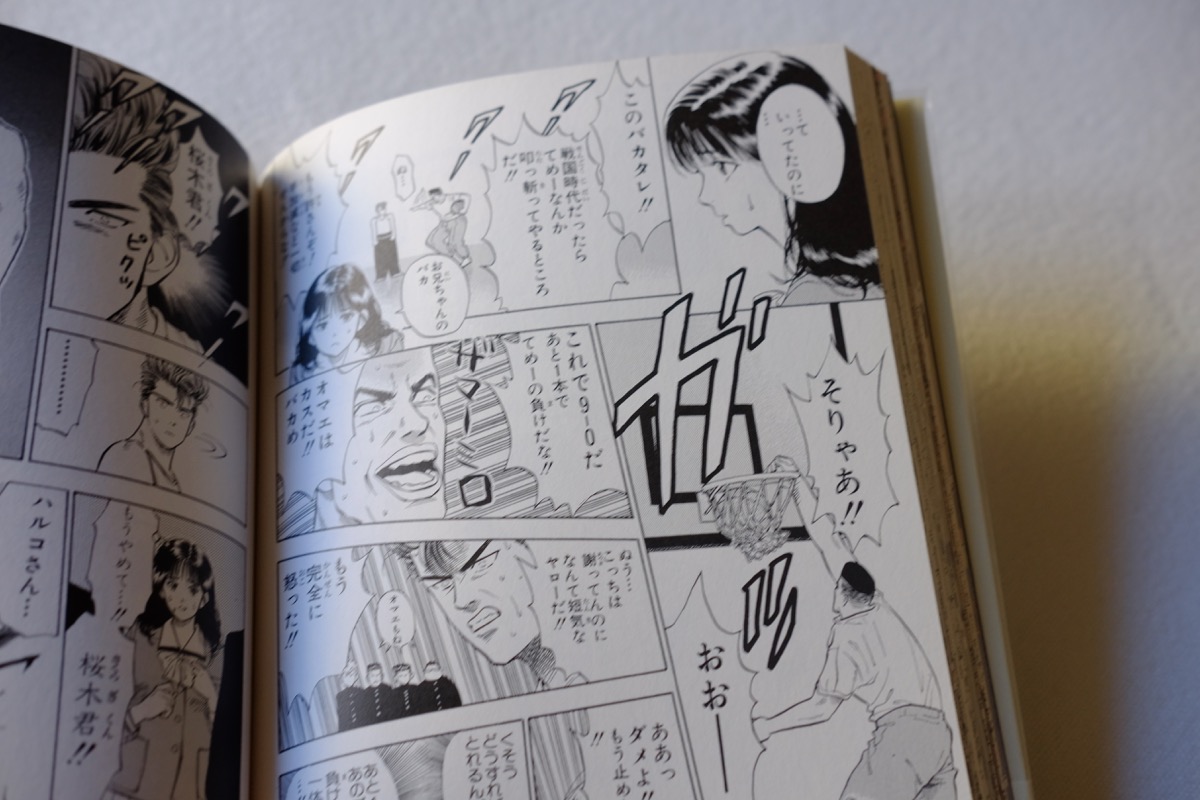
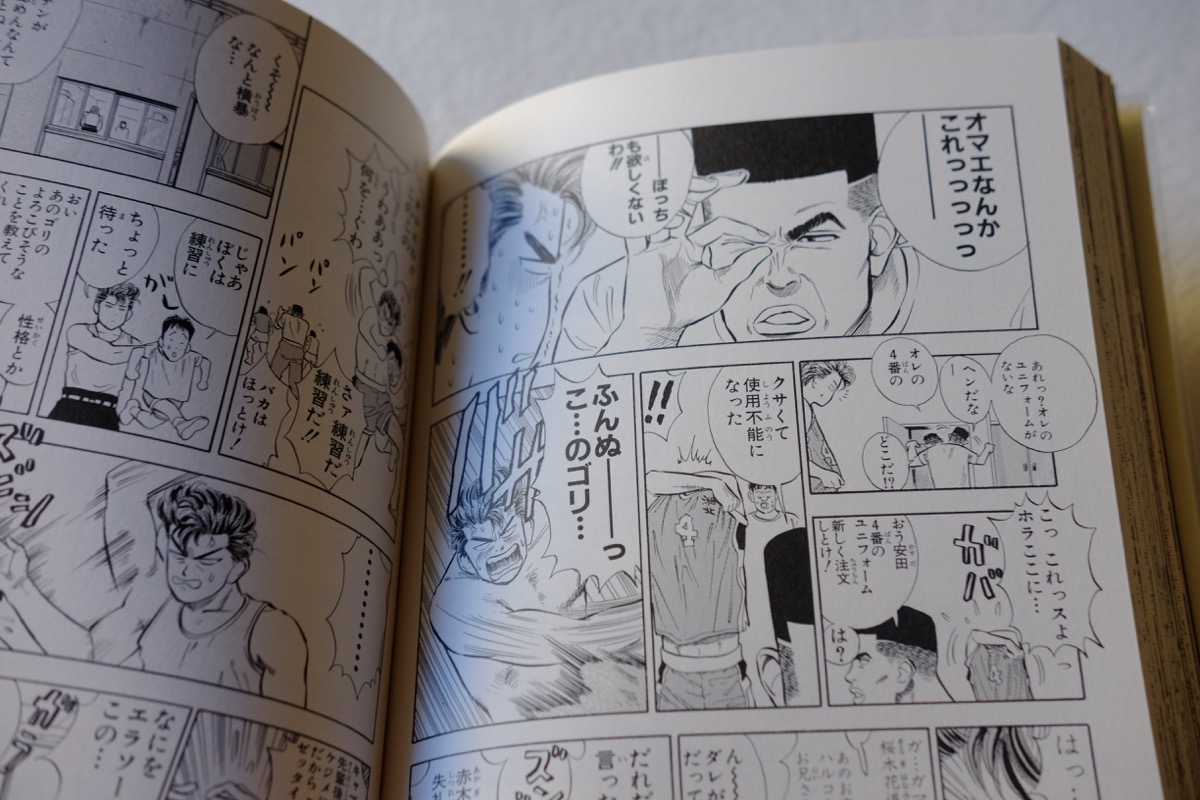

2.) あたしンち (Atashin’chi)
Short stories about the Tachibana-family with its four members. The manga was (or is) hugely successful in Japan and was even made as an anime adaptation. I haven’t seen this one (because I’m not a fan of anime in general) but it’s supposed to be quite alright. The stories are centered around everyday problems of a Japanese housewife and told in a sitcom-style way. Each one is only a few panels long and quite easy to grasp even if you don’t understand all the vocabulary. Unfortunately not every Kanji is blessed with Furigana above. Just a couple of ones. And I have no idea how the selection was made. If someone can enlighten me, please do so. Is there really a system (maybe Kanji school grades)? Anyway, even the ones without Furigana should be rather easy to recognize. If you’ve already read a couple of Yotsubato volumes you shouldn’t have any problems with this one.
The books themselves are really well made. With color throughout the whole book and nice, thick paper where everything is printed in a very “clean” way. Quite expensive though (900¥) but definitely worth the price.
PS: My grandma helped me make these pictures and even she likes あたしンち. Kudos!
The old manga are now OOP but there is a pretty neat themed “Best of” version available nowadays.
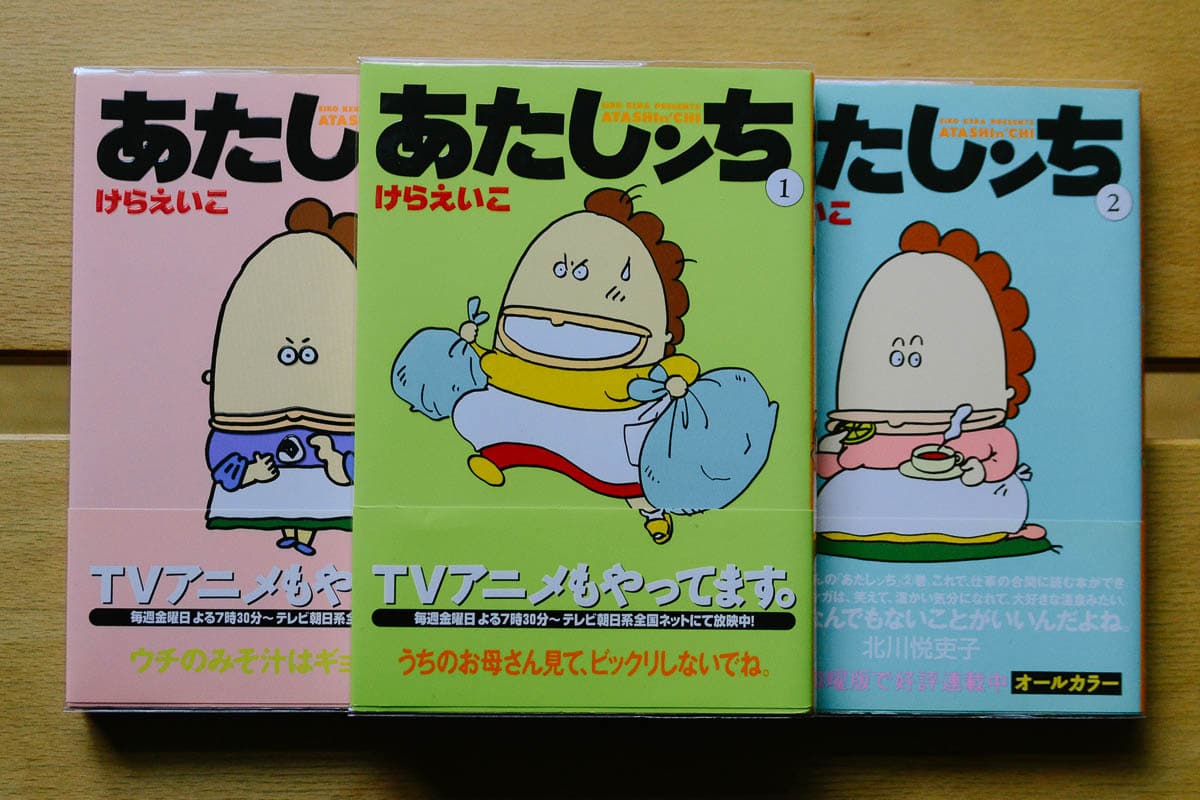

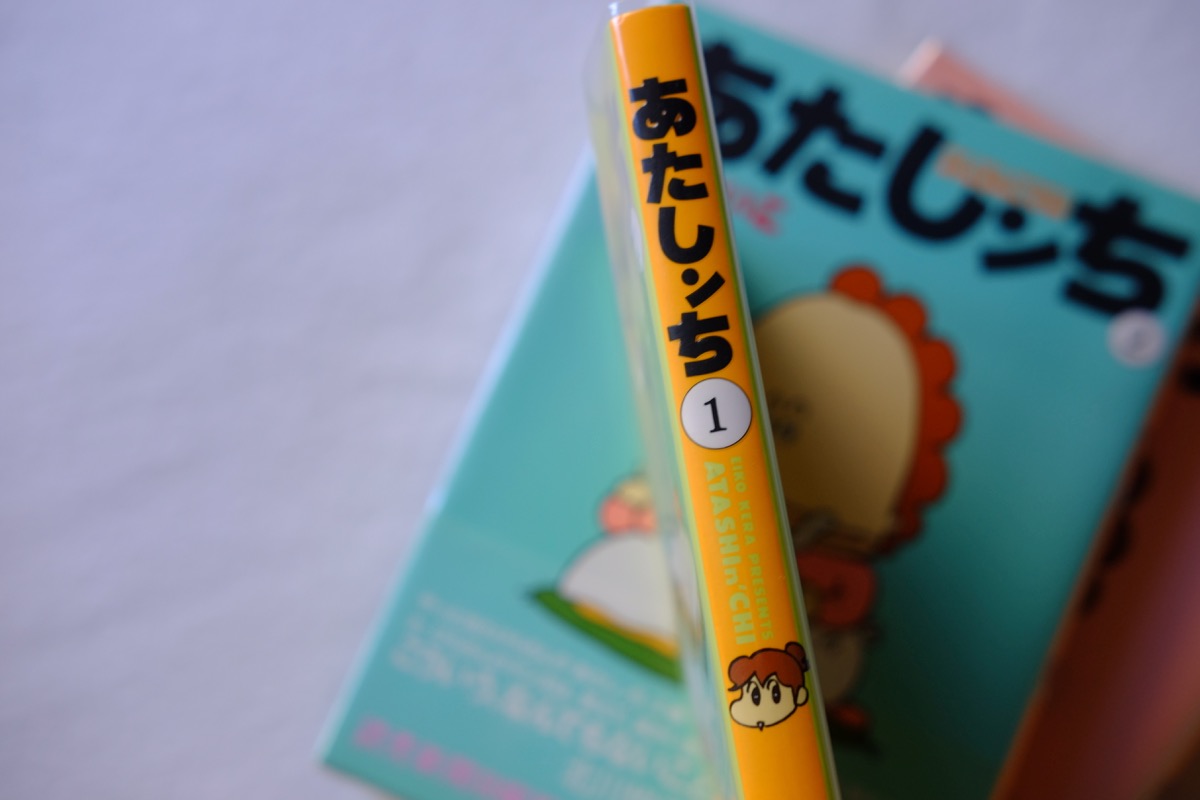

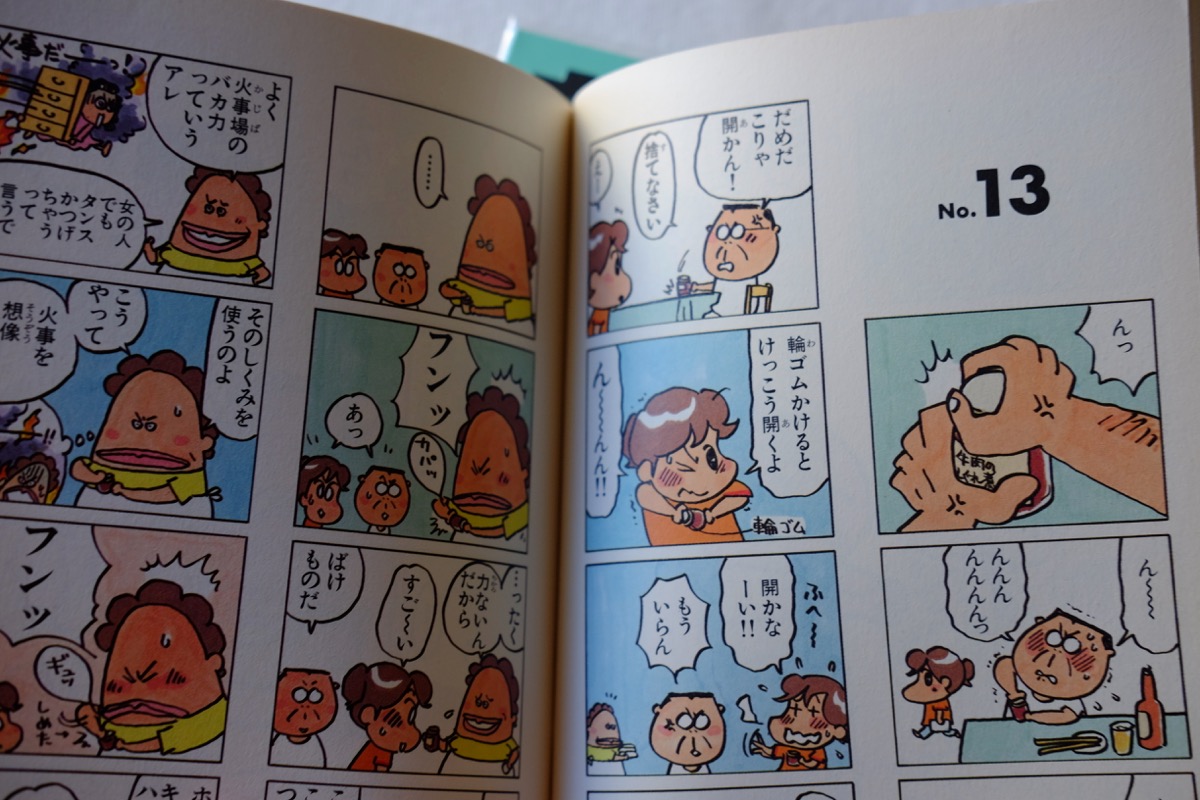
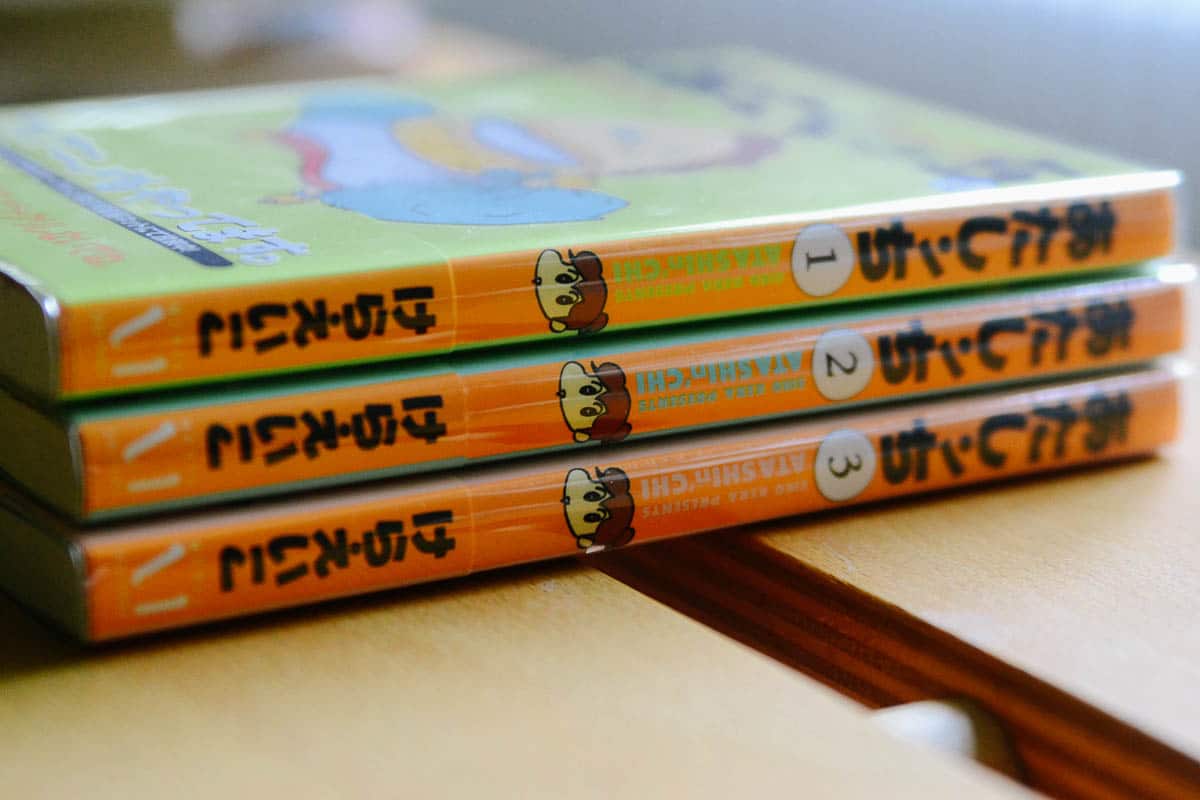
3.) ドラえもん (Doraemon-Bilingual Edition)
There are a couple of bilingual books available in Japan. Mostly Doraemon and The Peanuts. But if you’re opposed to the little blue cat from the future, it’s good learning material. I already told that I’m reading the Japanese version of Dragonball along with the German version. Makes it much easier especially when there is that much slang in it like in Dragonball. And yes, I’m German in case you were wondering.
The bilingual Doraemon books are actually made for Japanese kids who shall practice their English reading skills that way. So, the text bubbles are filled in with the English translation and the Japanese text is written beneath. I for myself find the Doraemon stories completely boring and too repetitive. But I like the character and maybe that’s why I picked up a couple of these books for cheap at a used bookstore in 学芸大学.
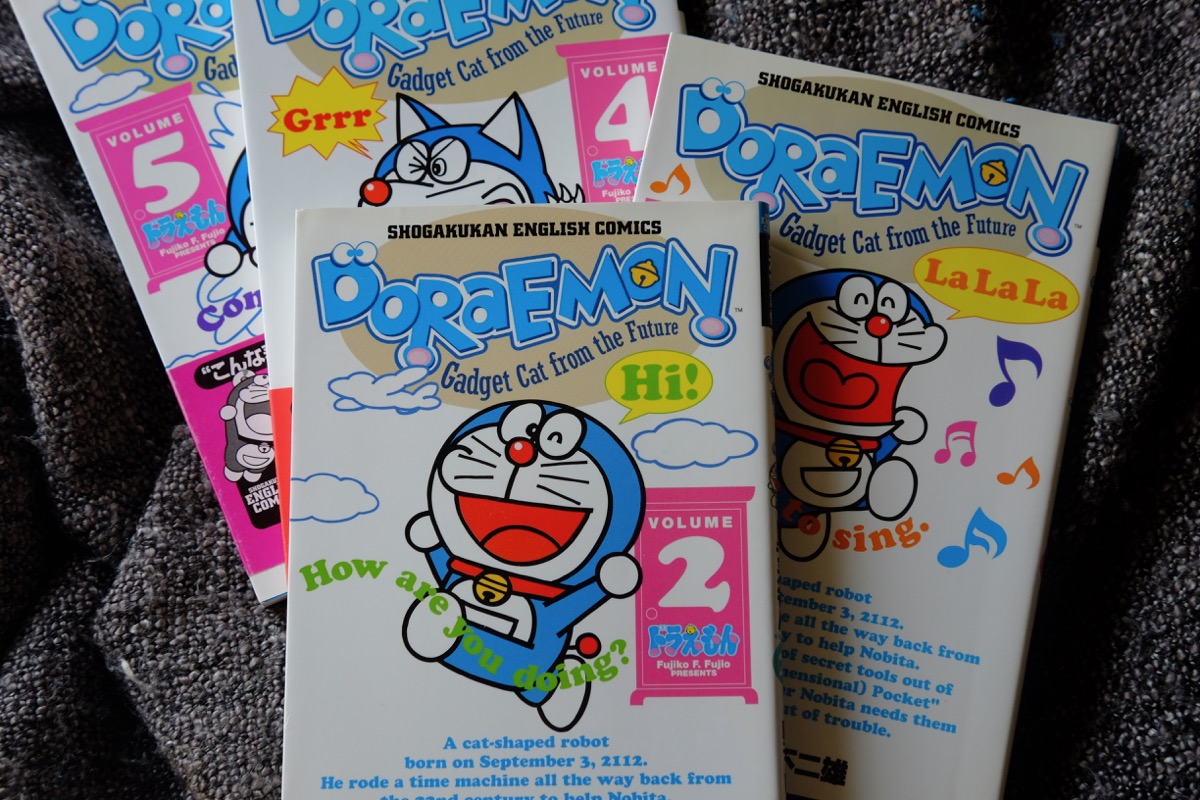




4.) クレヨンしんちゃん (Kureyon Shin-chan)
This is another classic Japanese manga which is known by nearly everyone in Japan. Like Doraemon, these are short stories for children centered around the five-year-old Shin-chan. He loves to trouble his parents and always makes inappropriate jokes and comments. This is what makes the manga so interesting and funny. Shin-chan, being a child, ignores all social conventions and likes to twist the Japanese language to make a pun. It’s very difficult to translate because of this and makes it extra worth it to be read in Japanese.
I’ve heard many good things about the manga and some even recommended it especially for beginners. But like the Doraemon situation, I couldn’t really get into the series. Just not my cup of tea. Maybe I miss some fond childhood memories to really get into it. And I have to say that I find the language used in Doraemon quite uncommon. So if you want some simple and rewarding reading material for the Japanese beginner rather go with some other suggestions of mine. At least if you’re not exactly a fan of the character in the first place.

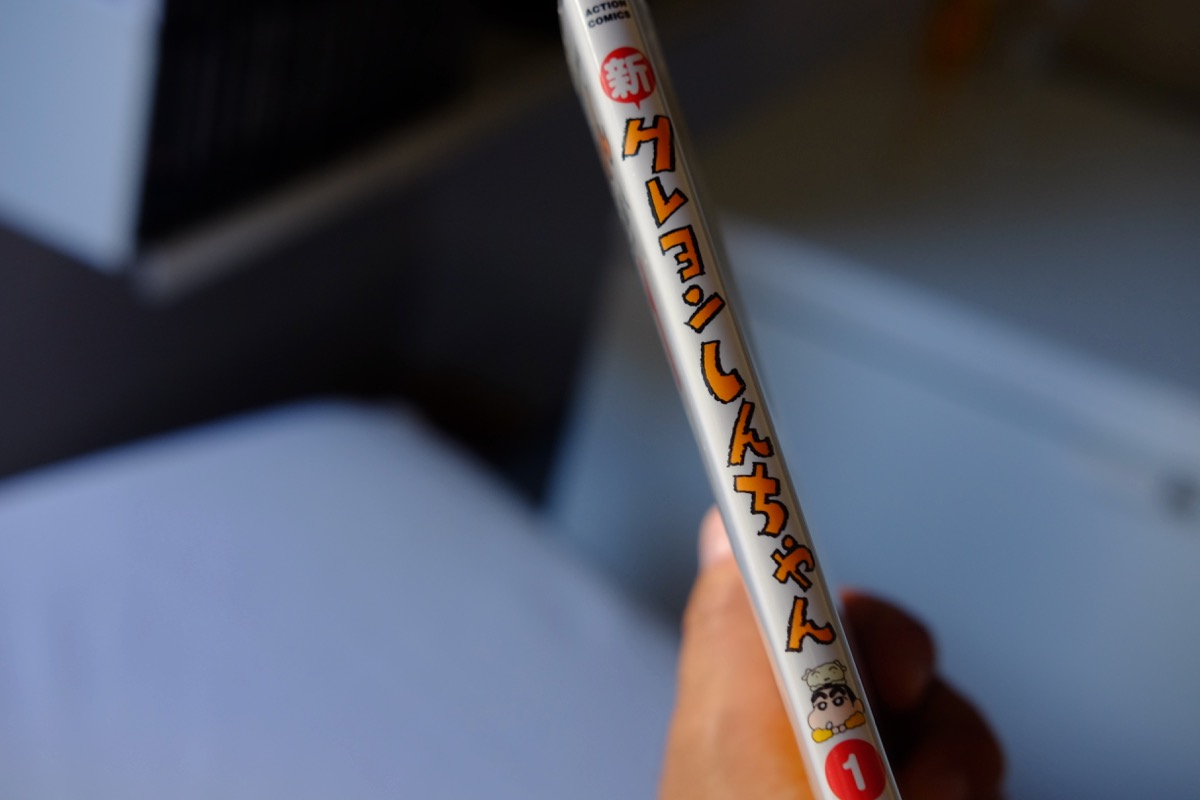
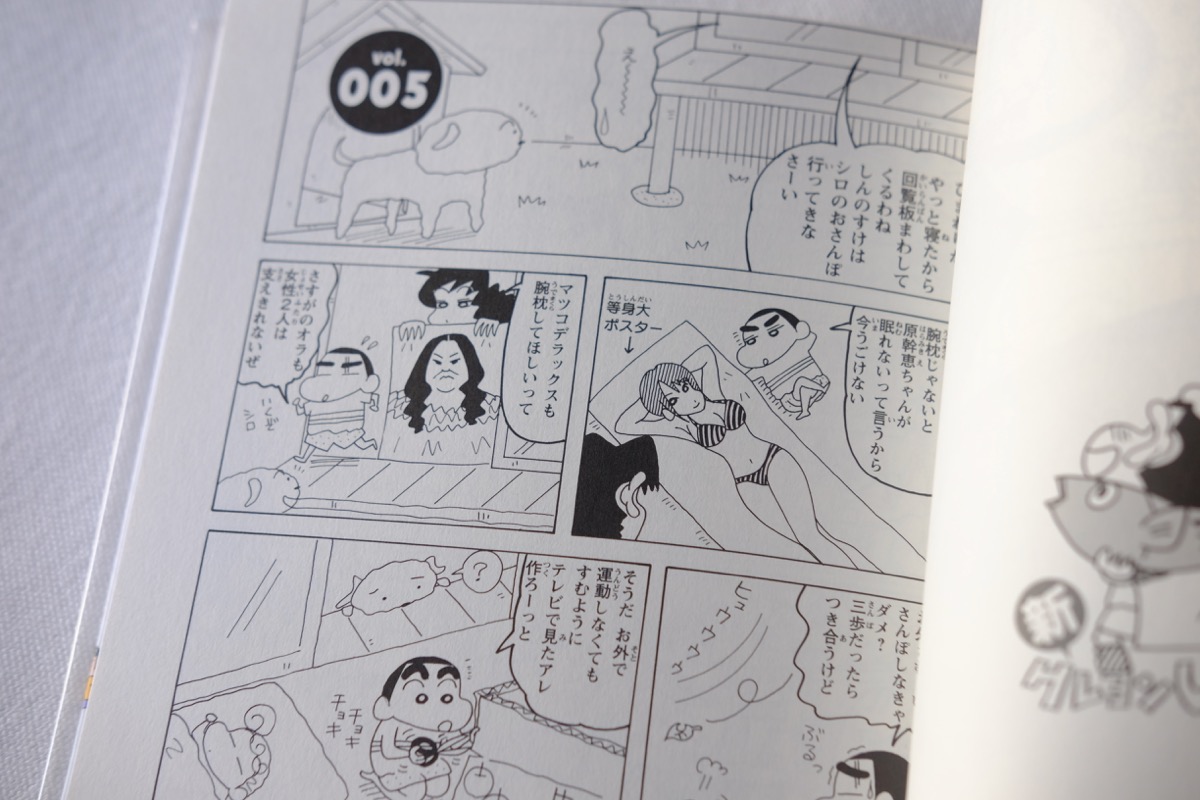
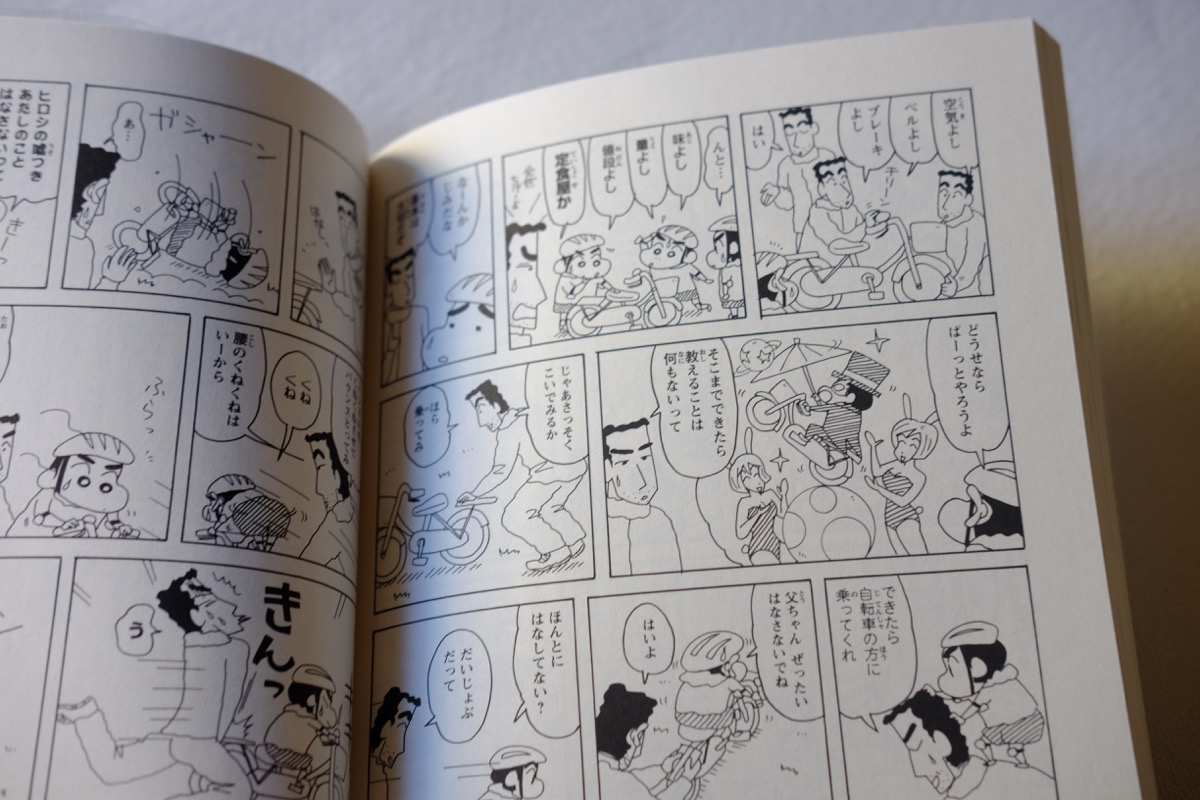
Please leave a comment if you like the post or have any more easy manga recommendations. As always, it’s highly appreciated.
And now let’s continue with some manga without furigana in part 3.




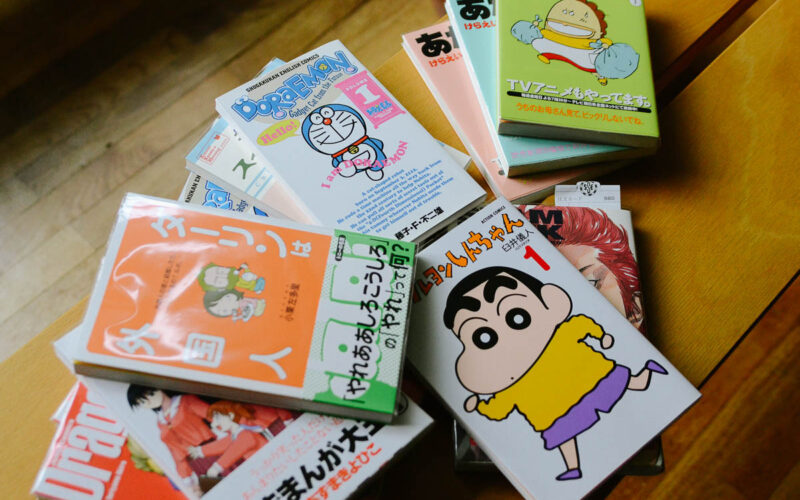






Thanks Jakob! I’m in Tokyo now and rushed to Kinokuniya a couple times to grab a few of your reco from post #1. Hopefully can put myself to the test later this year when my Japanese gets further.
Thanks so much for this series. It’s very useful!
Just found your site and I love the manga reviews because they help a great deal. I also have a love for Japanese books/bookstores and also plan on buying books from Japan in the near futue.
Please keep up the good work and I can’t wait to see what kind of “Easy manga without Furigana” you have for us.
That’s too kind. Glad to know that some people seem to read the stuff I post :) I was absent from the blog for a couple of weeks but will do some nice book-stuff this weekend.